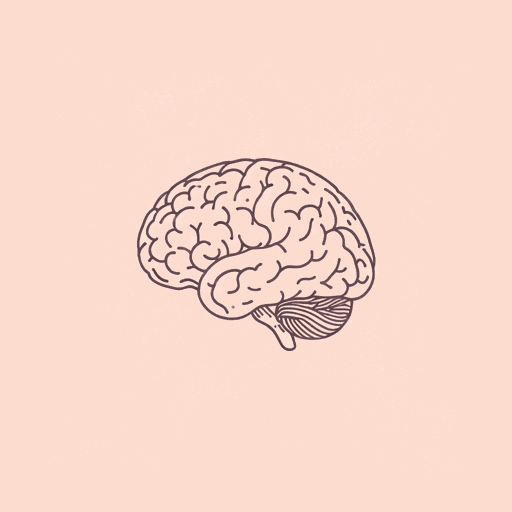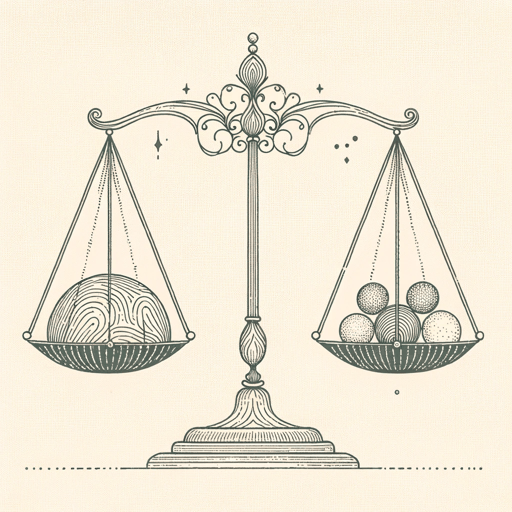92 pages • 3 hours read
Robert M. SapolskyBehave: The Biology of Humans at Our Best and Worst
Nonfiction | Book | Adult | Published in 2017A modern alternative to SparkNotes and CliffsNotes, SuperSummary offers high-quality Study Guides with detailed chapter summaries and analysis of major themes, characters, and more.
Chapter 14Chapter Summaries & Analyses
Chapter 14 Summary & Analysis: “Feeling Someone’s Pain, Understanding Someone’s Pain, Alleviating Someone’s Pain”
Empathy is an emotional reaction to the pain of others. But when does empathy actually lead us to help, and who does it benefit?
One basis of empathy is sensorimotor contagion: Watch someone’s finger get pricked, and the sensory cortex region associated with your own finger activates as we imagine the sensory experience. This recalls Sapolsky’s discussion of the basic brain functions that lead to empathy in early childhood cognitive development in Chapter 7. We also experience emotive contagion: involuntary transference of strong emotional states, such as laughter when someone else laughs or anger when someone else is yelling at you. This recalls Sapolsky’s discussion of the evolutionary bases of conformity: We do some things automatically, because other people are doing them.
Animals also experience emotional contagion with states of high arousal in one animal spilling over to another observing animal. Increasing the amount of pain delivered to one mouse in a lab setting causes the other to be more sensitive to pain but only if the two mice were previous cage-mates. Many species also exhibit fundamentals of compassion in engaging conciliative behavior after conflict. Many mammals also work to rescue or comfort stressed members of their groups.
Related Titles
By Robert M. Sapolsky




